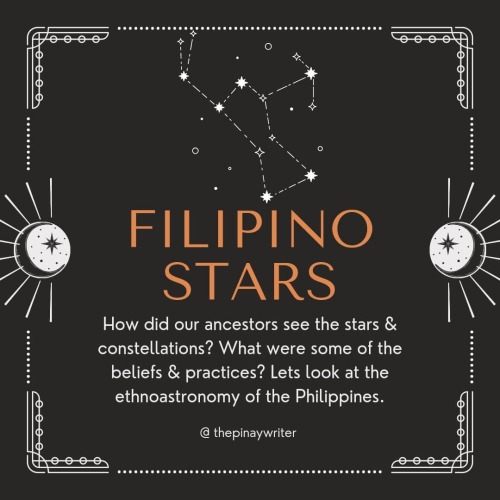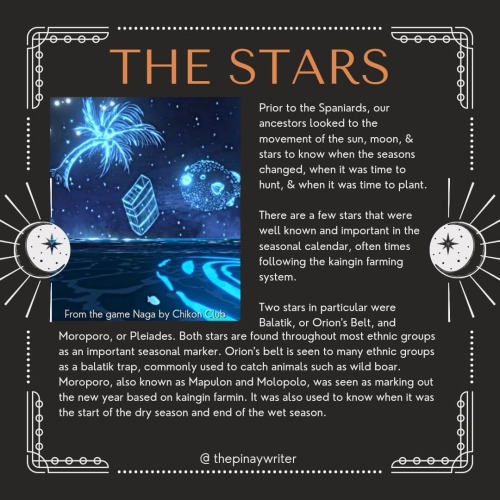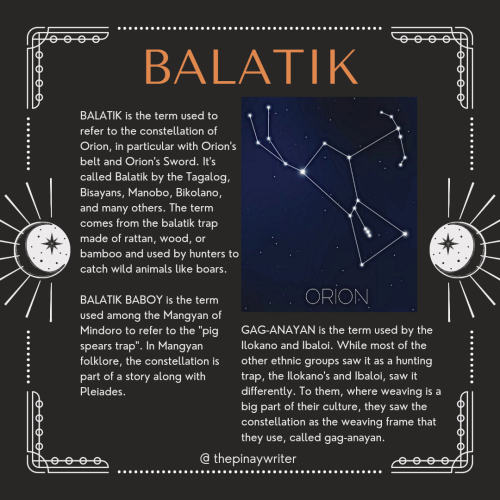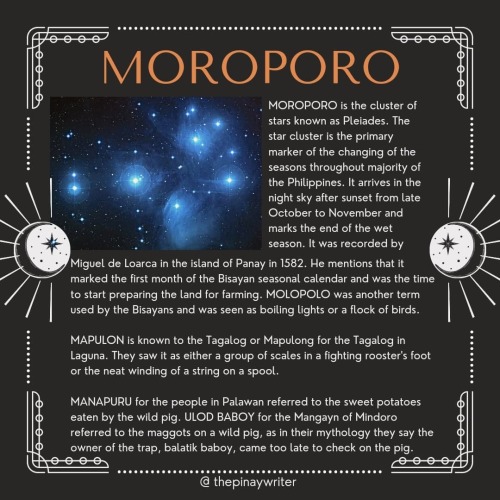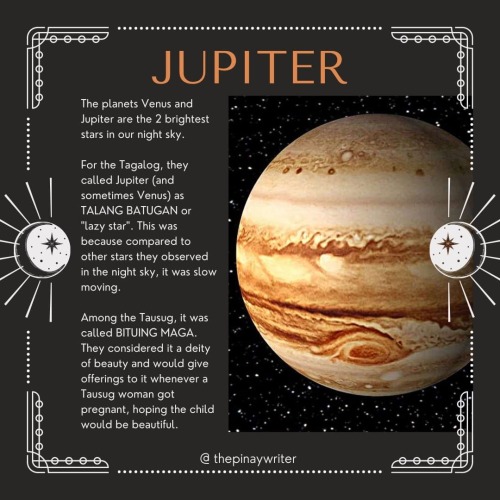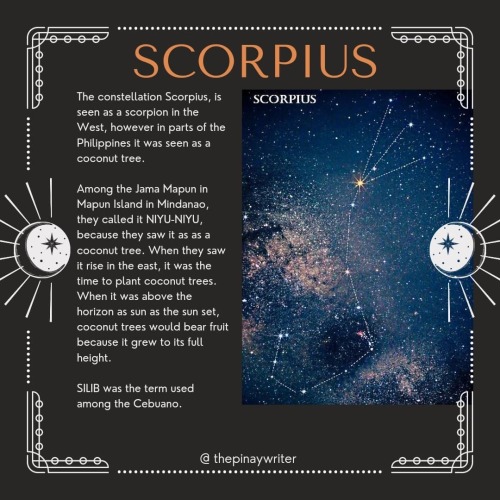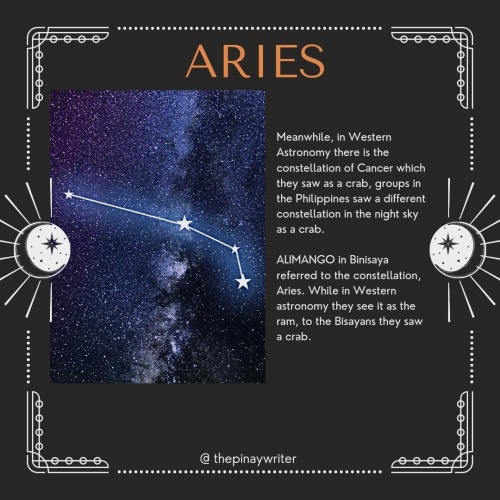#filipino history
& ?
Simeona Punsalan Tapang, was the last living Huk Kumander and a proud Kapampangan, who died at the age of 92 on June 30, 2015.
Fondly also known as Lola Mameng, she was a hero and was one of the last remaining legacies of the guerrilla group, Hukbo ng Bayan Laban sa Hapon (Hukbalahap or Huk) or The Nation’s Army Against the Japanese in English.
The Huks were a group formed primarily by farmers who fought against the tyranny of the Japanese military occupation of the Philippines and their villages and homes during World War II. They were the protectors of our people against the Japanese who invaded and were the resistance against them, fighting fiercely to protect our people. Eventually they fought against the Philippine government after the government was ordered to disarm and arrest the Huks under the orders of the U.S. for being labeled as Communists.
Many of our renowned Pilipina warriors were a part of the Huks, often joining the ranks and becoming a kumander. Lola Mameng was one of those brave and fierce Pilipina warriors who was once described by Huk Chief Kumander, Luis Taruc, as a big bodied woman with a man’s strength, fond of wearing men’s clothes and adept at handling an automatic rifle. Lola Mameng was also known and hailed for her ability of commanding her troops on the firing line.
She started out as an officer of Squadron no. 104 with the rank of Captain in 1942. In 1944 she was then promoted to Major under the 1st Regiment, Second Battalion Staff of Regional Command No. 7. Lola Mameng then joined and participated in the Battle of Mandili in Candaba, Pampanga and commanded several encounters against Japanese forces in Arayat. Her Husband, Pablo Tapang, was also a member of the Huk, but he was killed in the Candaba operations on 1948.
In 2014, the year before she died, she was awarded and recognized by the Provincial Government of Pampanga during the Most Outstanding Kapampangan Awards night for her bravery and risking her life and family for the freedom and liberation from the Japanese.


Let’s learn about snakes in our traditional beliefs!
Also, I was thinking of changing the name of this account to thepinaywriter to match with the rest of my social media accounts and what I’m known as today. However, because creating this blog back in 2012 is what helped me in my decolonization process and I have a lot of memories with it, I decided to leave the name as is.
Also currently just posting stuff I posted on my IG already. I’m trying to be a bit more active on Tumblr, but IG and Tiktok is where you can easily reach me and find me at more frequently.
Speaking of Tumblr, does anyone have any good Filipino blog suggestions on here to follow? Many of the bloggers I used to follow years ago who posted and talked about Filipino history, culture, etc aren’t active anymore and I need new blogs to follow on here.
Filipino Ethnoastronomy
How did our ancestors see the stars? What did they associate them with? How did they use them to mark the changing of the seasons?
Two prominent stars were Orion and Pleiades. While, some Spanish terms for the stars, such as Tres Maria or Tatlong Maria, used to refer to Orions Belt, and Rosaryo, for Pleiades to refer to the rosary, are more commonly known today, our ancestors had native terms and beliefs in these stars.
They used the movement of the stars, sun, and moon to know when the seasons changed from the wet and dry season, to when to start planting or clearing the fields based on kaingin farming. They saw images of hunting traps, crabs, coconut trees, ripples or bubbles in the water, a weaving loom, and more.
⭐ One of the most well known astronomers & known as the father of Filipino Ethnoastronomy, was Dante Lacsamana Ambrosio.
He paved the way to relearning about how our ancestors saw the stars and did fieldwork to collecting names and beliefs of different stars throughout the Philippines. He made several articles talking about Filipino Ethnoastronomy and also published his book, Balatik: Katutubong Bituin ng mga Pilipino. He unfortunately passed away in 2011.
➡️What about you? Do you know any local names and beliefs of stars in your language or hometown that you’d like to share?
FOLLOW ME ON SOCIAL MEDIA FOR MORE!
@IG(https://www.instagram.com/thepinaywriter/)
@Tiktok(https://www.tiktok.com/@thepinaywriter)
@Twitter(https://twitter.com/thepinaywriter)
Post link
On This Day In History
April 30th, 1937: The Commonwealth of the Philippines holds a plebiscite for Philipino women on whether they should be extended the right to suffrage; over 90% would vote in the affirmative.
Escalante Massacre




Protesting against the Marcos regime in 1985, farm workers and other activists and their supporters from multisectoral groups are ‘massacred’ in front of the Escalante town hall by state police and paramilitary troops, resulting in the death of twenty persons.
***
Ang mga larawan ay kuha sa Bantayog ng mga Bayani
Ang mga kaalaman ay kuha sa Sugar Overflows and Teatro Obrero’s Escalante Story

Here are the things to know about why the period under Martial Law matters in the ongoing fight for truth, justice and reparations in the Philippines.
- The nine-year military rule ordered by then President Ferdinand Marcos in 1972 unleashed a wave of crimes under international law and grave human rights violations, including tens of thousands of people arbitrarily arrested and detained, and thousands of others tortured, forcibly disappeared, and killed. During the martial law era (1972-1981), and during the remainder of President Marcos’ term, Amnesty International documented extensive human rights violations which clearly showed a pattern of widespread arrests and detention, enforced disappearances, killings and torture of people that were critical of the government or perceived as political opponents. In an interview with the organization in 1975, President Marcos told Amnesty International that over 50,000 people had been arrested and detained under martial law from 1972-1975; those arrested included church workers, human rights defenders, legal aid lawyers, labour leaders and journalists. Amnesty International also documented a pattern of torture in interviews with prisoners from that time. In 1981, the organization released further research on enforced disappearances and extrajudicial executions that took place from 1976 onwards.
- Many other civil society organizations have also documented similar crimes under international law and human rights violations during martial law, including the Task Force Detainees of the Philippines, the International Commission of Jurists, the Lawyers Committee for International Human Rights, and the Foundation for Worldwide People Power. The United Nations Working Group on Enforced or Involuntary Disappearances also presented a damning report to the then Human Rights Commission after a visit to the country in 1990. Reports made by these groups corroborate the findings of Amnesty International that there was a clear pattern of extrajudicial executions, arbitrary arrest and detention, torture and other ill-treatment, enforced disappearances and other human rights violations committed by the government during this period.
- Given the immensity and pervasiveness of violations, keeping records of violations, including precise figures, remains a difficult and unfinished task to this day. One of the reasons why it is difficult to ascertain the exact number of human rights violations is the lack of accountability and genuine processes of truth-telling to seek more detailed information and contribute to the fight against impunity. Nevertheless, there have been credible efforts to make information about what happened during martial law more accessible to the public, including online such as through the Martial Law Museum, the Martial Law Chronicles Project, and the Bantayog ng mga Bayani. *** Ang larawan ay kuha sa Martial Law Museum Ang mga kaalaman ay kuha sa Amnesty International
***
Ang larawan ay kuha ni Xiao Chua na makikita sa Martial Law Museum
Ang mga kaalaman ay kuha mula sa Amnesty International

